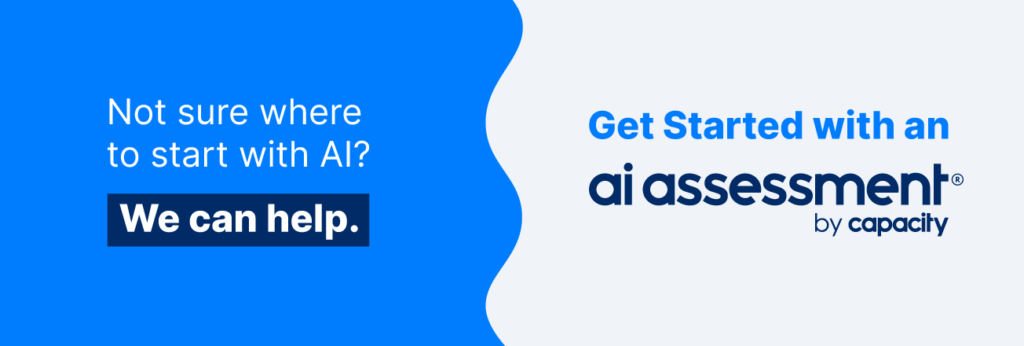The cloud storage market is constantly evolving and, with the growth of the internet both in terms of speed and availability, it can be difficult to keep up. With so many different cloud storage types available on the market you may find yourself asking: what are all the types of cloud storage? What do they offer me? And which type should I use to store data for my business?
What is the cloud?
The term “cloud” can be defined as a network of connected servers and data centers that users can store their files on an internet server instead of local computers. The cloud also facilitates file sharing between team members across multiple devices and locations. Cloud storage will never run out of capacity because it’s a virtual system that grows as more machines are added to the network.
How to leverage the cloud.
Here are some ways to leverage cloud storage to meet the needs of your business.
File storage.
Data backup and disaster recovery.
Data backup is yet another service where cloud storage can offer an alternative to an on-premises system. Backups to the local network can be lost because they are susceptible to damage caused by natural disasters such as flooding, fires, and storms. However, with cloud computing, you can recover your files from the cloud as long as you have access to the internet.
Infrastructure or platform as a service.
With cloud storage, you can give your clients the option to purchase and use your infrastructure for their cloud services. Alternatively, you can offer your platform through a cloud computing service provider.
Increasing collaboration with file sharing.
The different types of cloud storage.
Open cloud.
Private cloud.
Hybrid cloud.
Cloud storage powered by artificial intelligence and Robotic Process Automation (RPA).
Cloud storage that is powered by artificial intelligence and RPA is a new type of cloud storage. These storage systems don’t just store documents, they transform documents into dynamic conversations and question-and-answer pairs so that users can instantly find the data they need.
At Capacity, we take cloud storage to a whole new level with Cloud Drive.
Your cloud storage, knowledge management, and automation will all be taken care of with just one platform.
Another helpful feature is that all the documents stored in the Cloud Drive can be embedded into Workflows. This allows even your most complex processes to be automated. For example, onboarding employees, processing loans, and serving customers.
Our AI is trained on each company’s data so that it can provide intelligent recommendations, answer questions from users, and prioritize projects.
Which is best – pay as you go or fixed price data centers?
Both systems have their pros and cons. Fixed price data centers are more expensive but offer peace of mind and guaranteed uptime. Pay as you go data centers may be cheaper, but there’s no guarantee that your business will have access to storage when it needs it most.
Data centers can provide many other services like web hosting, email hosting, and even VPNs, so make sure to ask about all possible options before choosing one type over another.
How to migrate to cloud storage.
As companies move their data to cloud storage, they decrease their reliance on in-house hardware, reducing IT costs. They also have a huge opportunity to overhaul their knowledge management system and implement automation software.
That’s why it’s a good idea to take advantage of cloud storage powered by artificial intelligence and RPA.



